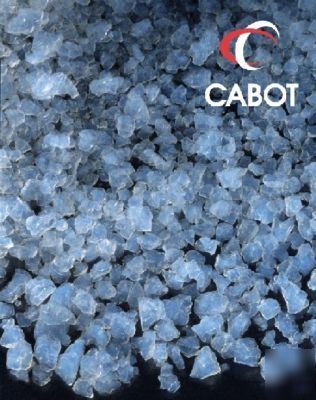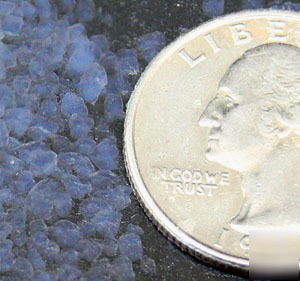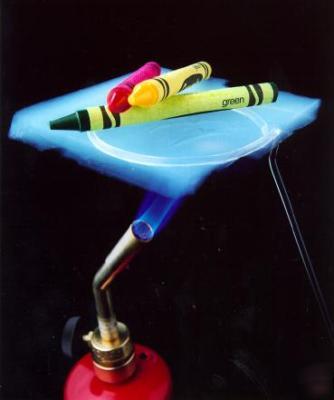Wisconsin Parts Database Instructions and Discussion Team/Group > MICHIGAN
> Electrical Components
> Add
> Used
> With Warranty
> Aerogel, nanogel granular 250CC bottle blue smoke
Aerogel, nanogel granular 250CC bottle blue smoke
If there are any other questions please feel free to contact me, we also have larger quantites upon request..Please read below for more information about this product.
PLEASE VIEW OUR STORE FOR MANY OTHER GREAT ITEMS
Extremely low thermal conductivity
High oil absorption capacity (DBP)
Translucent, IR opacified and opaque
Aerogel is a manufactured material with the lowest bulk density of any known porous solid. It is derived from a gel in which the liquid component of the gel has been replaced with a gas. The result is an extremely low-density solid with several remarkable properties, most notably its effectiveness as a thermal insulator and its extremely low density. It is nicknamed frozen smoke, solid smoke or blue smoke due to its translucent nature and the way light scatters in the material; however, it feels like expanded polystyrene (styrofoam) to the touch.
Aerogel was first created by Samuel Stephens Kistler in 1931, as a result of a bet with Charles Learned over who could replace the liquid in 'jellies' with gas without causing shrinkage.
Aerogels are produced by extracting the liquid component of a gel through supercritical drying. This allows the liquid to be slowly drawn off without causing the solid matrix in the gel to collapse from capillary action, as would happen with conventional evaporation. The first aerogels were produced from silica gels. Kistler's later work involved aerogels based on alumina, chromia and tin oxide. Carbon aerogels were first developed in the late 1980s
Despite their name, aerogels are a rigid, dry material and do not resemble a gel in their physical properties; the name comes from the fact that they are derived from gels. Pressing softly on an aerogel typically does not leave a mark; pressing more firmly will leave a permanent depression. Pressing firmly enough will cause a catastrophic breakdown in the sparse structure, causing it to shatter like glass a property known as friability. Despite the fact that it is prone to shattering, it is very strong structurally. Its impressive load bearing abilities are due to the dendritic microstructure, in which spherical particles of average size 2 5 nm are fused together into clusters. These clusters form a three-dimensional highly porous structure of almost fractal chains, with pores just under 100 nm. The average size and density of the pores can be controlled during the manufacturing process.
Aerogels are good thermal insulators because they almost nullify the three methods of heat transfer (convection, conduction, and radiation). They are good conductive insulators because they are composed almost entirely from a gas, and gases are very poor heat conductors. Silica aerogel is especially good because silica is also a poor conductor of heat (a metallic aerogel, on the other hand, would be less effective). They are good convective inhibitors because air cannot circulate through the lattice. Carbon aerogel is a good radiative insulator because carbon absorbs the infrared radiation that transfers heat at standard temperatures. The most insulative aerogel is silica aerogel with carbon added to it.[citation needed]
The slight color it does have is due to Rayleigh scattering of the shorter wavelengths of visible light by the nanosized dendritic structure. This causes it to appear smoky blue against dark backgrounds and yellowish against bright backgrounds.
Aerogels by themselves are hydrophilic, but chemical treatment can make them hydrophobic. If they absorb moisture they usually suffer a structural change, such as contraction, and deteriorate, but degradation can be prevented by making them hydrophobic. Aerogels with hydrophobic interiors are less susceptible to degradation than aerogels with only an outer hydrophobic layer, even if a crack penetrates the surface. Hydrophobic treatment facilitates processing because it allows the use of a water jet cutter.
THIS INFORMATION THANKS TO WIKIPEDIA
http://en.wikipedia.org/wiki/Aerogel







